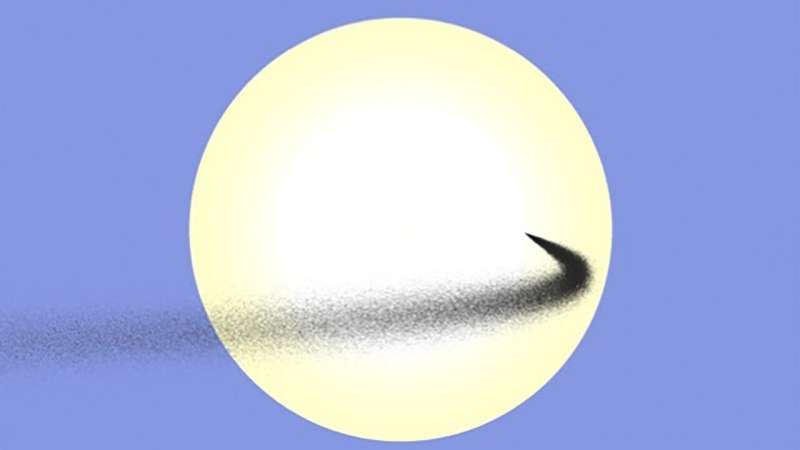Phys.org February 8, 2023
A team of researchers in the US (University of Utah, Smithsonian Astrophysical Observatory) explored the potential of using dust to shield sunlight. They analyzed different properties of dust particles, quantities of dust and the orbits that would be best suited for shading Earth. They found launching dust from Earth to a way station at the “Lagrange Point” between Earth and the sun (L1) would be most effective. To achieve sunlight attenuation of 1.8%, equivalent to about 6 days per year of an obscured Sun, the mass of dust in the scenarios they considered must exceed 1010 kg. The more promising approaches included using high-porosity, fluffy grains to increase the extinction efficiency per unit mass and launching this material in directed jets from a platform orbiting at L1. A simpler approach, according to the researchers is to ballistically eject dust grains from the Moon’s surface on a free trajectory toward L1, providing sunshade for several days or more. Advantages compared to an Earth launch include a ready reservoir of dust on the lunar surface and less kinetic energy required to achieve a sun-shielding orbit…read more. Open Access TECHNICAL ARTICLE

… This dust cloud is shown as it crosses the disk of the sun, viewed from Eart … Credit: PLOS Clim 2(2): e0000133, 2003